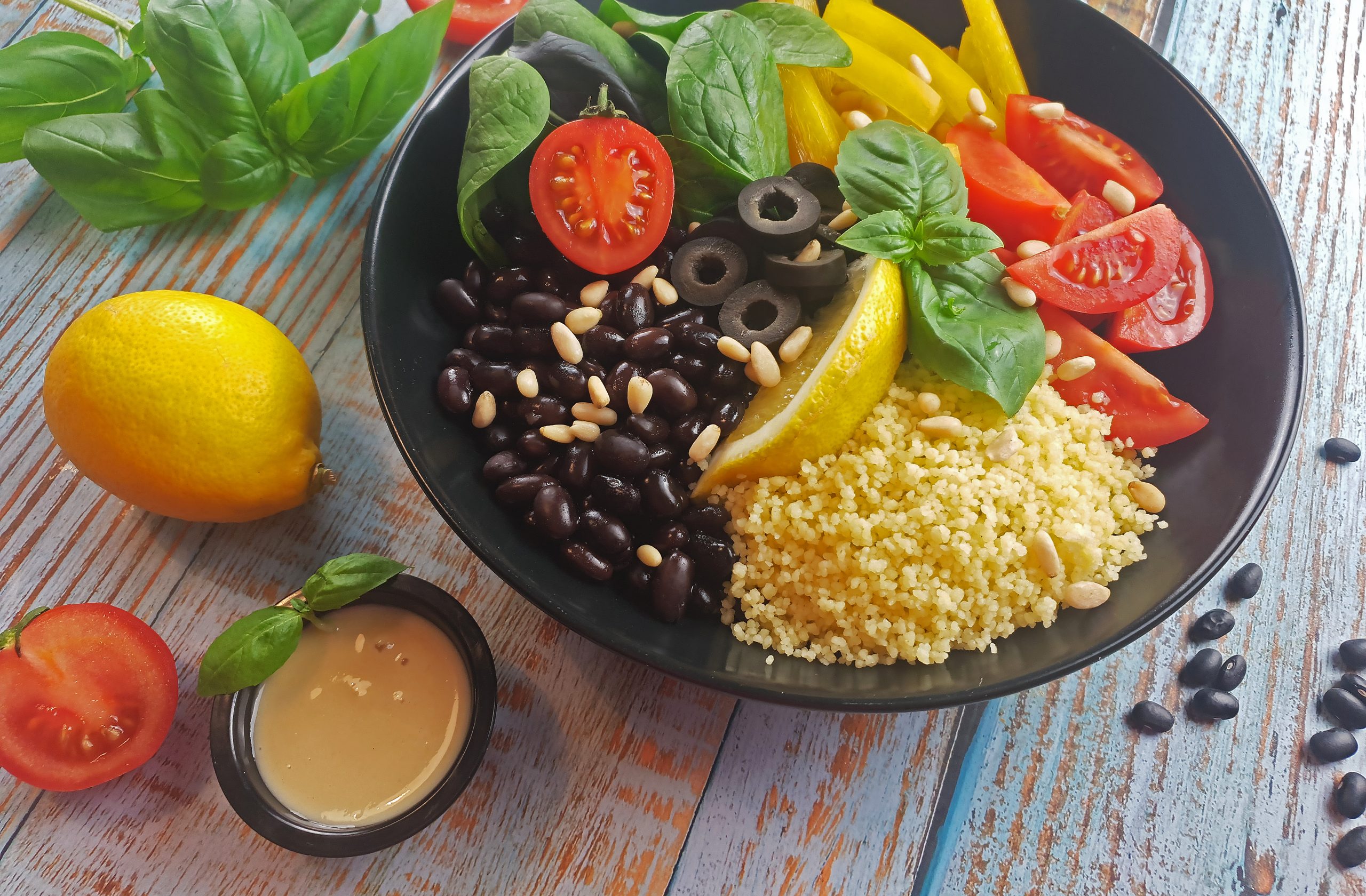As we emerge from 2 years of restrictions, the thought of deprivation dieting is neither resonating or motivating. More than ever the focus needs to be less on short-term, “crash” dieting , and more on developing a sustainable nutrition system that sets you up for nutritional success most days of the week. Systems help bridge the gap between knowing what to eat, and doing it consistently.
A system is an organized method, or framework. No doubt you’ve designed systems around getting the kids ready in the morning and to school on time, or getting yourself ready in the morning, or systems to organize your workday or weekends.
Think of a system as a series of steps that fit together in a routine, to create a desired result. When you put a homemade meal on the table in the evening there was a system behind it – making sure the right groceries were in the house, that there were enough clean dishes and utensils, that a menu was planned and that someone was designated to prep and cook it.
If your goal is to prepare wholesome, homemade foods on a regular basis, you need a system. Spontaneity with nutrition often doesn’t go well – you’re making food decisions with your ‘animal brain’ when you’re hungry, rushed, or tired. The animal brain makes impulsive “I need to survive” decisions, not logical “this-is-not-a-healthy-food-so-I’m-going-to-go-to-the-grocery-store-to-get-ingredients-for-a-homemade- meal” decisions.
How do you develop a nutrition system?
- First you want to know what to eat. You want to develop a system around foods that help you feel your best. If the foods you’re eating are making you feel bloated, tired, achy or gaining weight, don’t create a system around them!
- Clinically we need to find what works. What do you need to eat to feel your best? There can be nuances here based on age and stage of life, so we go through a process of investigation that can include metabolic, hormonal, thyroid, vitamin and food sensitivity testing.
- Then, when you discover how to eat to feel your best, the bigger job is to build a system so you can eat like that every day. A system takes time to implement initially but in the long run sets you up for efficiency and consistency. Getting different results demands different habits.
- What’s your plan? A nutrition system includes a routine around meal planning, grocery shopping, food prep, cooking and clean-up. Some examples of nutrition systems:
–Outsource. Hand over your dietary specs to a personal chef and let him/her run their system and create meals for you. Maybe you’re married to your personal chef, in which case count yourself lucky.
–Meal Kit Service. For example, Chef’s Plate, Hello Fresh or Good Food. Pick out your menu items 1x/week, let them take care of the planning, shopping, delivery and all you do is assemble and cook.
–Weekly Meal Plan. Have a repertoire of 7 recipes that you rotate through the week – Stir-Fry Sundays, Meatless Mondays, Taco Tuesdays, etc. Food is prepped fresh every night, but there’s no surprises – you know what’s on the menu, what’s on the weekly grocery list, you know who’s going to cook it, how long it takes to prepare and how much clean up to expect.
–Meal Prep. Prep 4-5 batches of food at once. One trip to the grocery store/week, one sink full of dirty pots and pans, one big kitchen clean-up after. One concentrated afternoon of effort saves 4-5 cooking and clean-up sessions throughout the week.
–Meal Assembly. Instead of preparing full meals ahead, prep or cook a selection of individual whole foods – washed, chopped vegetables/greens, cooked grains/beans, cooked poultry/fish, hard-boiled eggs, sauces/dressings – stored in individual containers in the fridge. The individual ingredients are ready for assembling and seasoning in limitless combinations throughout the week. Salads, buddha bowls, stir-fry lend well to this type of system.
–A Smoothie System. Depending on ingredients, a daily smoothie can help define your healthy lifestyle, offering up high-density nutrition with very little effort and even less mess.
What system will work for you? With a return to work, kids activities, more social and travel, how will your nutrition keep up? Start with a plan, then build the system. Contact us if you need help.
To give you a running start on systems-based nutrition I’ve prepped a guide to “The Buddha Bowl System”. This is one of my stand-by systems. While the focus of this guide is plant-based eating, it can be adapted to include animal proteins also. You can get the download here.
Enjoy!
